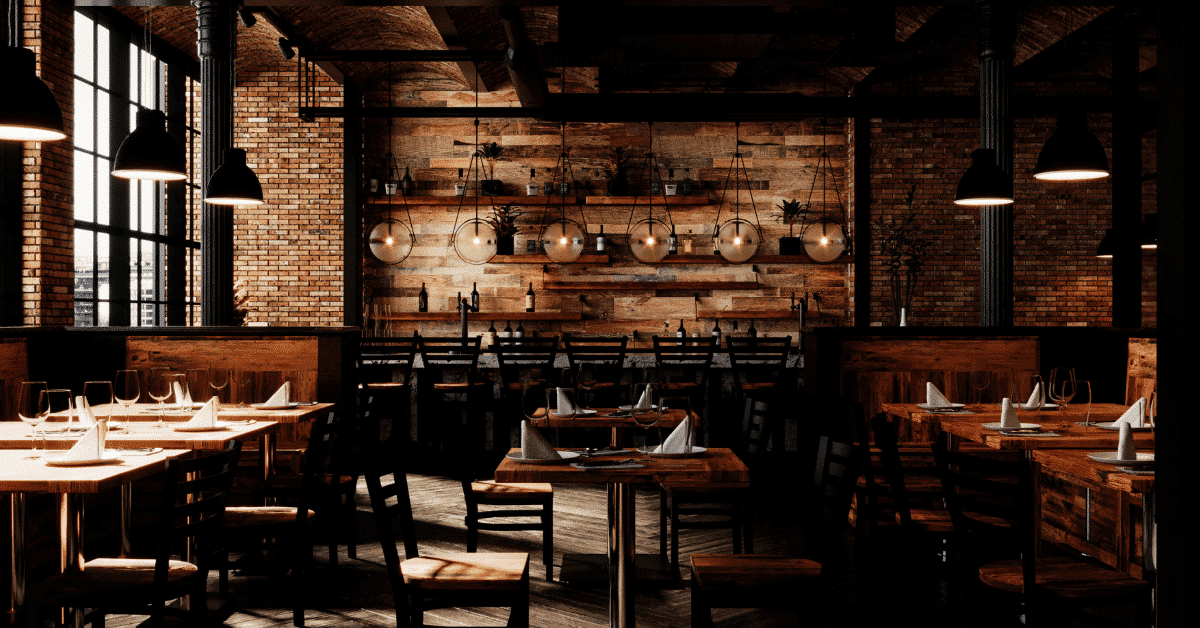The Ultimate Guide to Restaurant Wood Tables: Styles, Durability, and Care

Welcome to the ultimate guide to restaurant wood tables. In this comprehensive guide, we’ll discuss the various types of wood used for restaurant tables, popular styles, durability factors, and maintenance tips. Our goal is to provide you with all the information you need to make an informed decision when selecting the perfect wood tables for your establishment.
Types of Wood for Restaurant Tables
There are several types of wood commonly used for restaurant tables, each offering unique benefits and characteristics. Here are some of the most popular options:
Hardwoods
- Oak: Known for its strength and durability, oak is a popular choice for restaurant tables. It has a distinctive grain pattern and is available in a variety of colors, from light to dark.
- Maple: Maple is another strong and durable hardwood, with a fine, even texture. Its light color and subtle grain make it a versatile choice for various restaurant styles.
- Walnut: A luxurious option, walnut is prized for its rich, dark color and unique grain pattern. It’s sturdy and durable hardwood, perfect for high-end restaurants.
Softwoods
- Pine: Pine is an affordable and lightweight option for restaurant tables. It has a distinctly yellowish hue and a rustic appeal, making it ideal for casual dining establishments.
- Cedar: Cedar is a softwood with a warm, reddish color and a subtle scent. It’s resistant to decay and insects, making it an excellent choice for outdoor restaurant tables.
Popular Wood Table Styles
There are countless styles of wood tables to choose from, but here are some of the most popular for restaurants:
Farmhouse Tables
Farmhouse tables feature a rustic, sturdy design with thick, plank-style tabletops and often, turned or tapered legs. They’re perfect for creating a warm, inviting atmosphere in your restaurant.
Live Edge Tables
Live edge tables showcase the natural beauty of the wood, with the raw, unfinished edge of the tree used as part of the design. These tables are perfect for establishments looking for a unique, organic aesthetic.
Industrial Tables
Industrial tables combine wood with metal elements, such as steel legs or frames, to create a modern, urban look. They’re ideal for contemporary restaurants or bars with an industrial theme.
Durability and Maintenance
Durability Factors
The durability of your restaurant wood tables depends on several factors:
- Type of wood: Hardwoods like oak, maple, and walnut are more durable and resistant to wear and tear than softwoods like pine and cedar.
- Finish: A high-quality finish can protect your wood tables from stains, scratches, and water damage.
- Construction: Well-built tables with sturdy joints and quality hardware will last longer and remain stable over time.
Maintenance Tips
Proper care and maintenance can significantly extend the life of your restaurant wood tables. Follow these tips to keep your tables looking their best:
- Clean regularly: Wipe down tables with a damp cloth and mild soap after each use. Avoid using harsh chemicals or abrasive cleaners that can damage the wood.
- Protect from spills: Use coasters, placemats, and tablecloths to minimize the risk of spills and stains.
- Avoid direct sunlight: Prolonged exposure to sunlight can cause wood to fade and warp. Place tables away from windows or use window treatments to protect them.
- Monitor humidity: Excessive humidity can cause wood to swell and warp, while low humidity can lead to cracking. Maintain a consistent humidity level in your restaurant to preserve the integrity of your wood tables.
- Reapply Finish: Over time, the finish on your wood tables may wear down. Regularly inspect your tables and reapply finish as needed to maintain their appearance and protect the wood.
Customizing Your Wood Tables
To create a cohesive look in your restaurant, consider customizing your wood tables to match your establishment’s theme and décor. Here are some options for personalizing your tables:
Staining and Finishing
Choose from a wide range of stain colors and finishes to match your desired aesthetic. Options include natural finishes that showcase the wood’s natural beauty, as well as darker stains for a more dramatic look.
Distressing Techniques
Distressing techniques can add character and charm to your wood tables, making them appear aged and well-loved. Popular techniques include sanding, wire brushing, and using tools to create dents and nicks.
Custom Inlays
Inlays are decorative elements made from contrasting wood or other materials, such as metal or glass, that are set into the tabletop. Custom inlays can add a unique, artistic touch to your restaurant wood tables.
Custom Bases and Legs
The base and legs of your wood tables can also be customized to suit your restaurant’s style. Choose from a variety of designs, such as pedestal bases, trestle bases, or metal legs for an industrial look.
Selecting the perfect wood tables for your restaurant involves careful consideration of the type of wood, style, durability, and customization options. By understanding the various choices available and how they can impact your establishment’s overall aesthetic and functionality, you can make an informed decision that will enhance the dining experience for your guests. With proper care and maintenance, your restaurant wood tables will serve as a beautiful and functional centerpiece for years to come.
